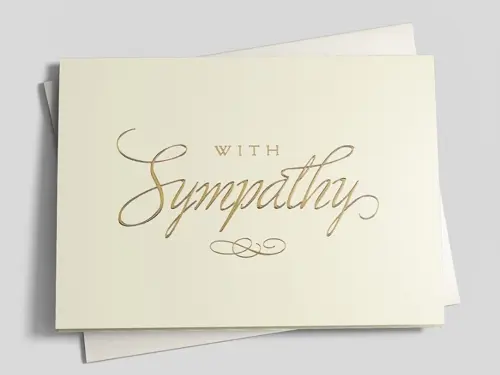
Working in Norway
Jobseeking – Interview greeting
Interview Meet and Greet: What’s In a (Correctly Pronounced) Name?
What’s In a (Correctly Pronounced) Name?
The moment has arrived: you’ve stepped through the office door and are approaching your interviewer, who is coming around a desk with her hand extended. You stretch out your own hand, and as the two clasp, you hear this woman cheerfully saying, “Hello, nice to meet you, my name is…” followed by a standard name appropriate to her native country, where she has been both born and raised. You repeat the opening phrase, then follow with your own name. The interviewer hesitates just a fraction of a second before repeating what she’s heard – pronouncing it completely wrong. What do you do?
While discussing this question during an interview technique course held in Oslo recently, I asked the people there to consider a few other questions before answering. For instance, just how important is it to you that other people say your name correctly? What does “correctly” mean to you? Perfect pronunciation stressing the correct syllable? All the vowels enunciated as you yourself do? Or are you satisfied with something in the ball park that’s close enough to the correct version of who you are? Or should you just assign yourself a more easily pronounced nickname before going in? The majority of those present had not considered this aspect of an interview before, and the ones with unusual first and/or last names were especially interested in finding out the “right” answer to this question.
The dilemma
Unfortunately for both them and many other interviewees, there isn’t one easy answer to solving this situation, as it poses something of a dilemma. If you happen to be a stickler for correctness and insist on repeating your name too many times to this person, you risk alienating her through giving the impression that you don’t know how to compromise – not exactly the right way to start off the good interview relationship to you want to create. However, if you give in and don’t correct the mistake, you risk a subsequent revelation of having been both careless to detail (never a positive personal trait in this “detail-oriented” working world) and a bit of a pushover (why would anyone not make enough of an effort to assert themselves through assuring that their symbolic identity is pronounced the right way?).
What is more, the situation is already tense enough as it is: your emotions are a mix of being thrilled to be there in the first place while dreading the thought of what is to come next, mostly because you’re worried you won’t give the answers they want to hear. These first few seconds of introductions often pass in a blur, and before you know it, you’re sitting in the ‘hot seat’ waiting to hear informative words about the job in question and the organization in which it’s located. And yet, how you handle these initial moments can make a lasting first impression on this individual who holds your job fate in her hands. What does she want to hear?
A practical solution?
After discussing this dilemma in pairs, my students ultimately gave thoughtful and practical comments regarding how to handle the situation. First, they empathetically put themselves in the interviewer’s place – she has a name she’s never seen or heard before on the application in front of her, and is just doing her best to pronounce it. Secondly, she’s more interested in the person behind the name and how they might be a good match for the position that needs filling. Thirdly, the “magic number is 3”; in other words, they say their name once, then once more – and if that doesn’t work, they say it, very slowly and clearly, a final time. During this potential escalation of nerves, they have been speaking in a pleasant voice with a smile on their face in order to diffuse the tension and put the other person at ease. Finally, they say something like “close enough” to reassure that interviewer that they’ve arrived at an agreement about how their name is to be pronounced. Most significantly, they as interviewee are signaling the end of this ‘meet and greet’ element and showing that they are ready to move on to the more challenging parts of the interview process. They’re done with “what’s in my name” and are ready to talk about “what’s in me” that is a perfect match for the job they so badly want and need.
Find more job interview tips



